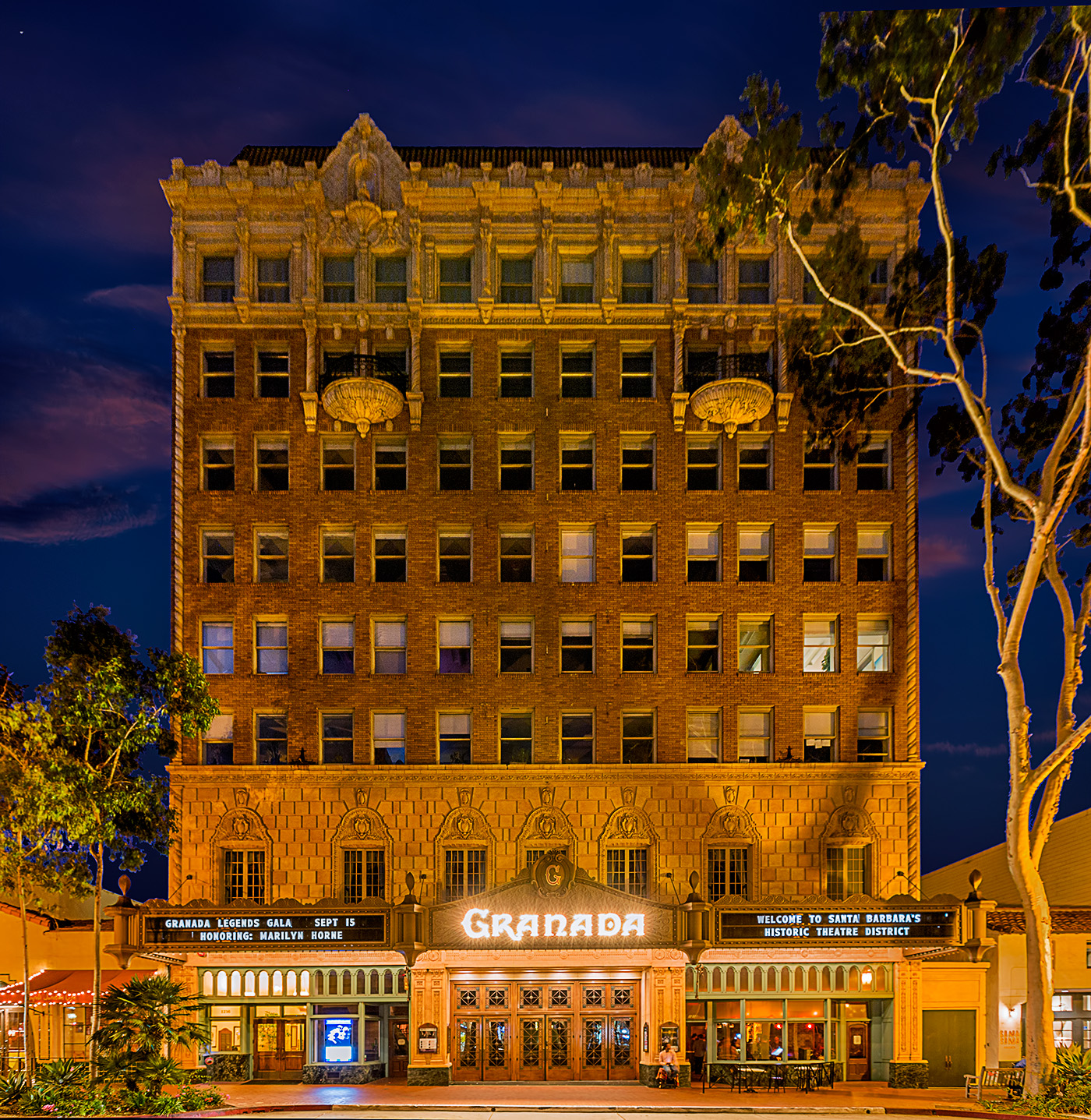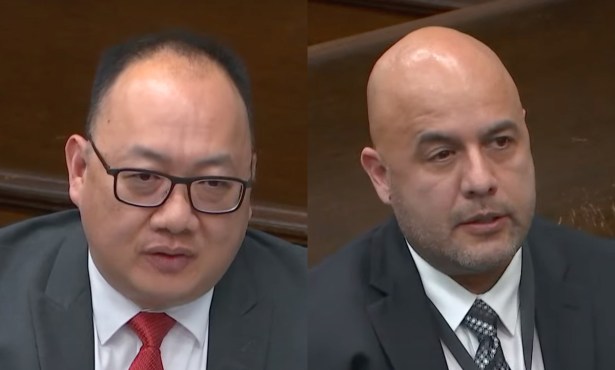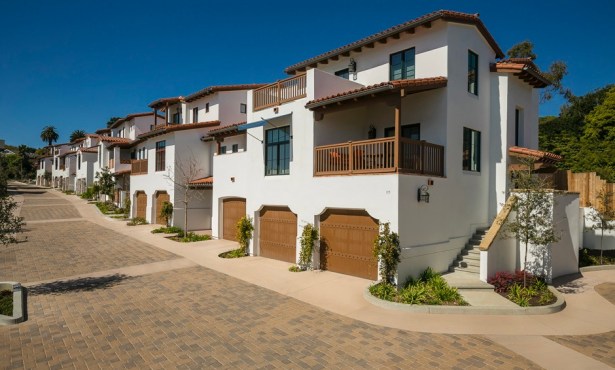Fork in Road: Penthouse or Affordable Housing for Downtown Santa Barbara?
City Council Majority Wants to Increase Affordability Requirements on New Rental Housing

With housing seen as the new salvation for everything that ails downtown Santa Barbara, the question increasingly has become: what kind of housing and for whom? Based on a civil but heated debate among Santa Barbara’s city councilmembers this Tuesday, a clear council majority wants to increase the affordability requirements on new rental housing built downtown, so long as such developments are built with special density bonuses and other incentives provided by City Hall.
Without such requirements, they insisted new downtown housing would resemble — at least in the words of Councilmember Michael Jordan — “the top floor of the Granada building,” famous for its exclusive penthouse amenities. In addition, they wanted these same affordability requirements to apply citywide. (That’s only for new developments approved as part of the city’s Average Unit-Size Density [AUD] program, adopted seven years ago to give developers the incentives needed to build bigger, denser rental projects with more units that would be “affordable by design.”) Ultimately, these four councilmembers agreed to an interim compromise that exempts the central business district from these new structures, though not happily. “I’m not feeling comfortable about it” declared Councilmember Meagan Harmon. “Not comfortable at all.”
Get the top stories in your inbox by signing up for our daily newsletter, Indy Today.
Councilmembers Harmon, Jordan, Kristen Sneddon, and Oscar Gutierrez all are pushing for new rules requiring that 15 percent of all units built according to the high-density AUD rules are affordable to moderate-income families, defined as $81,000-$104,000 per year. Currently, the city rules now require that 10 percent of such units be affordable. This four-person bloc argued the AUD program has failed to live up to its promise of affordability by design and has instead yielded mostly high-end or luxury rental units.
Leading the charge for the status quo was Mayor Cathy Murillo and councilmembers Alejandra Gutierrez and Eric Friedman. Gutierrez cautioned the 15 percent requirement might sound good on paper but could chase away prospective developers. Murillo said she needed “more data points” showing the 15 percent would not be a deal killer for developers, noting that the city was still in the throes of a housing crisis. She cited a two-year-old city-sponsored economic study indicating that 15 percent was at best financially “marginal.”
It was a debate that could have gone on for hours with little change in outcome. Councilmembers Harmon and Sneddon noted, for example, that City Hall had given developers even more “giveaways” since the study Murillo alluded to was written: Developers now have the option of not providing parking, they noted. That, they argued, has to help such developments tip away from “marginal” and toward “feasible.”
This was just the first volley of what promises to be an extended war of words and ideas. Next stop will be the city’s Planning Commission.
Every day, the staff of the Santa Barbara Independent works hard to sort out truth from rumor and keep you informed of what’s happening across the entire Santa Barbara community. Now there’s a way to directly enable these efforts. Support the Independent by making a direct contribution or with a subscription to Indy+.



